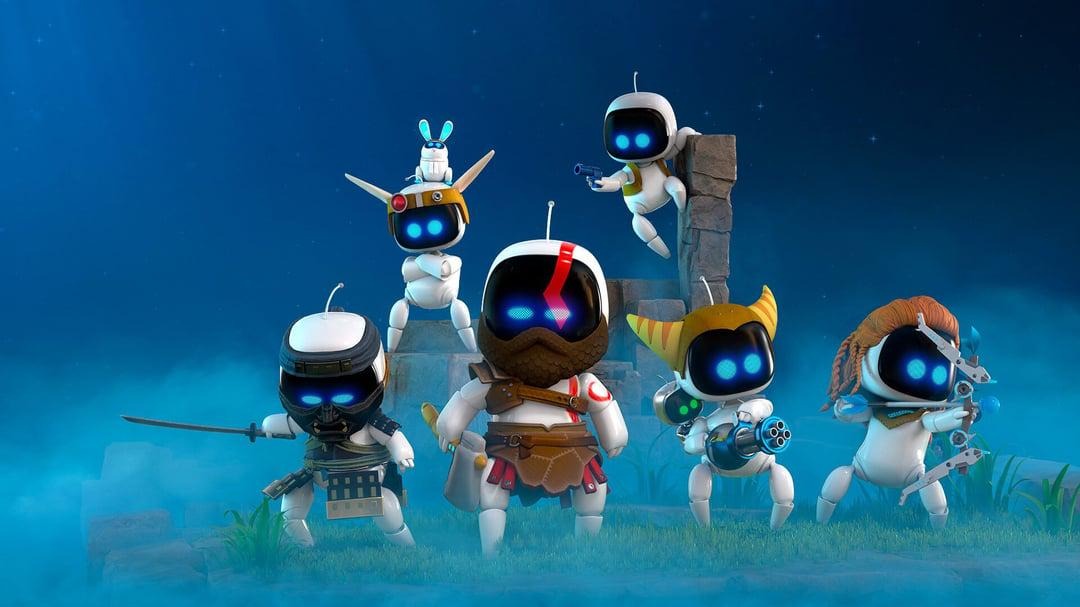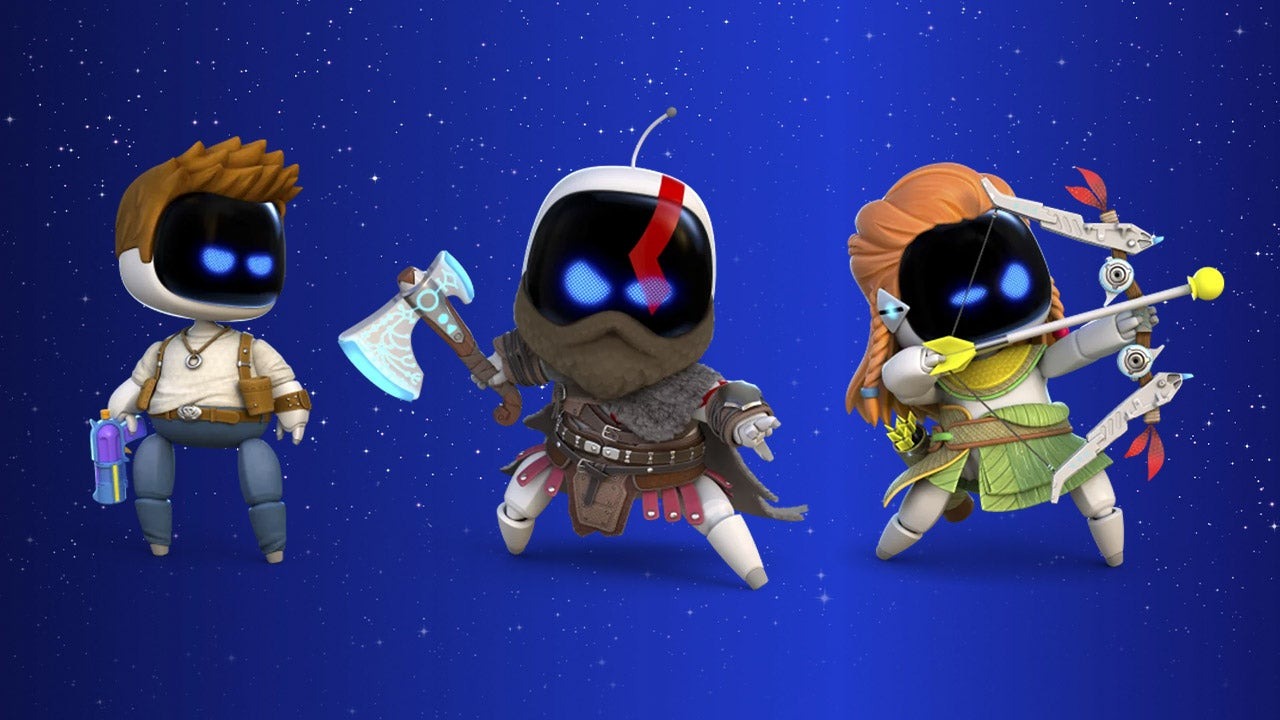A Step Forward, But Not Enough: Why PlayStation’s New Refund Process Still Lags Behind Steam
Popular Now
 Call of Duty
Call of Duty
 Genshin Impact
Genshin Impact
 Geometry Dash
Geometry Dash
 Fortnite
Fortnite
 Brawl Stars
Brawl Stars
 NBA 2K24
NBA 2K24
 Among Us
Among Us
 Valorant
Valorant
 Free Fire Max
Free Fire Max
 The Legend of Zelda
The Legend of Zelda 
In a long-overdue move, Sony has finally made the process of requesting a refund on the PlayStation Store a bit easier. Gamers can now bypass the often-frustrating chatbot and customer service reps to submit a refund request directly through their transaction history on the PlayStation website or app. While this change is a clear step in the right direction, it’s also a stark reminder that Sony’s overall refund policy remains thoroughly restrictive and falls far short of the consumer-friendly standard set by Valve’s Steam platform. For a company of Sony’s size, its continued reluctance to embrace a more lenient policy is a major point of contention for its loyal player base.
 The Easier Process, The Same Strict Rules
The Easier Process, The Same Strict Rules
The new process is a welcome quality-of-life improvement. Instead of navigating a series of support pages and engaging in a back-and-forth with a chat bot, a user can now simply find an eligible purchase in their transaction history and click a “Request a Refund” button. This streamlines a once-convoluted procedure and makes it easier for users to get their money back on purchases that meet the company’s criteria. However, the core policy has not changed. The rules remain the same as they have for years: a refund is only granted if the purchase was made within 14 days and the content has not been downloaded or streamed. There are rare exceptions for “faulty” content, but for the most part, once you have even started the download, you are locked into the purchase. This is a policy that is not only outdated but is also completely out of sync with the modern gaming landscape.
This is where the stark contrast with Steam becomes apparent. Valve’s refund policy, which has been in place for years, allows for refunds on any game purchased within 14 days and with less than two hours of playtime. This policy, which was implemented after legal pressure from consumer protection agencies, is now the gold standard for digital game purchases. It gives the consumer a chance to try a game, see if it runs on their hardware, and decide if it’s for them, all without the risk of a “bad” purchase. This is a crucial feature in an era where game demos are rare and many games launch in a buggy or unfinished state. It puts the power back in the hands of the consumer and holds developers and publishers accountable for the quality of their products.
 The Consumer’s Voice and the Future of Digital Purchases
The Consumer’s Voice and the Future of Digital Purchases
The gaming community has been vocal about its desire for a more consumer-friendly refund policy on PlayStation. The fact that many players were forced to go through a complex, manual process to get a refund for a game that they had accidentally downloaded or didn’t like was a constant source of frustration. The new streamlined process is a clear sign that Sony is listening to its customers, but it’s not enough. The fundamental problem—that a game can’t be refunded if you’ve simply started the download—is a major roadblock that needs to be addressed. It’s a policy that is based on an old way of thinking, one that treats a digital purchase like a physical one, where a game is “used” once the package is opened. In the digital world, this thinking is outdated, and it’s a policy that is a disservice to the consumer.
The future of digital game purchases should be a win-win for both consumers and developers. A more lenient refund policy, like Steam’s, would not only build trust with the consumer but would also encourage developers to release more polished and complete games. It would also help to weed out some of the lower-quality, “asset-flip” titles that sometimes make their way onto the store. While Sony has taken a small but meaningful step in the right direction, it is clear that they still have a long way to go to catch up to the rest of the industry. For now, we are left with a system that is slightly less frustrating to use, but one that is still fundamentally flawed. The hope is that with enough pressure from the community, Sony will eventually embrace a policy that is truly fair and beneficial to its customers.








